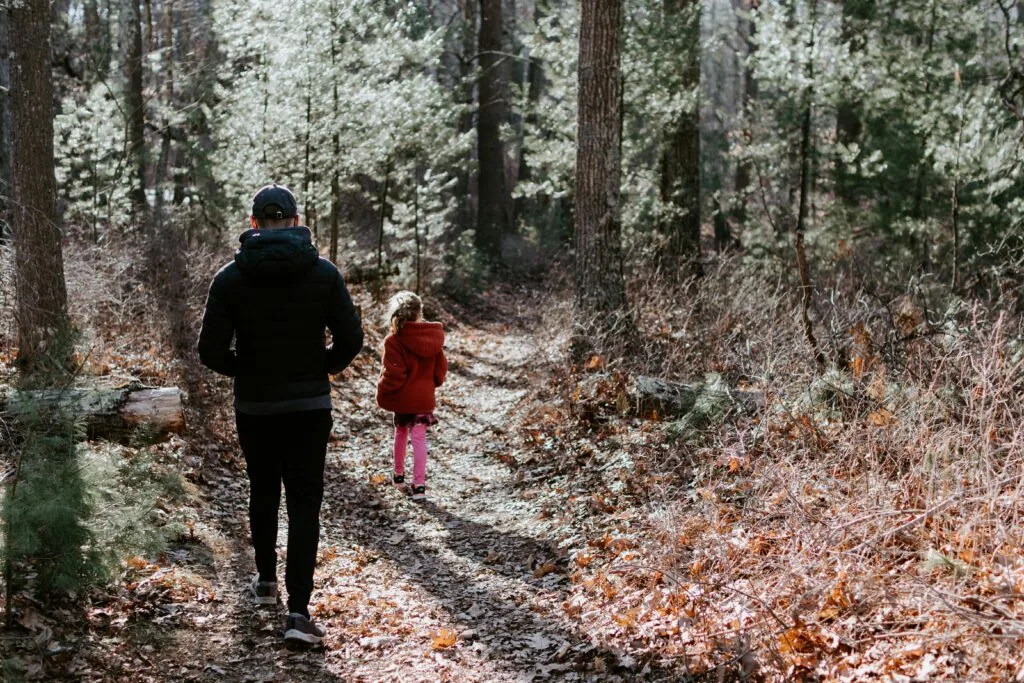1. The Beatles – Sgt. Pepper’s Lonely Hearts Club Band (1967)
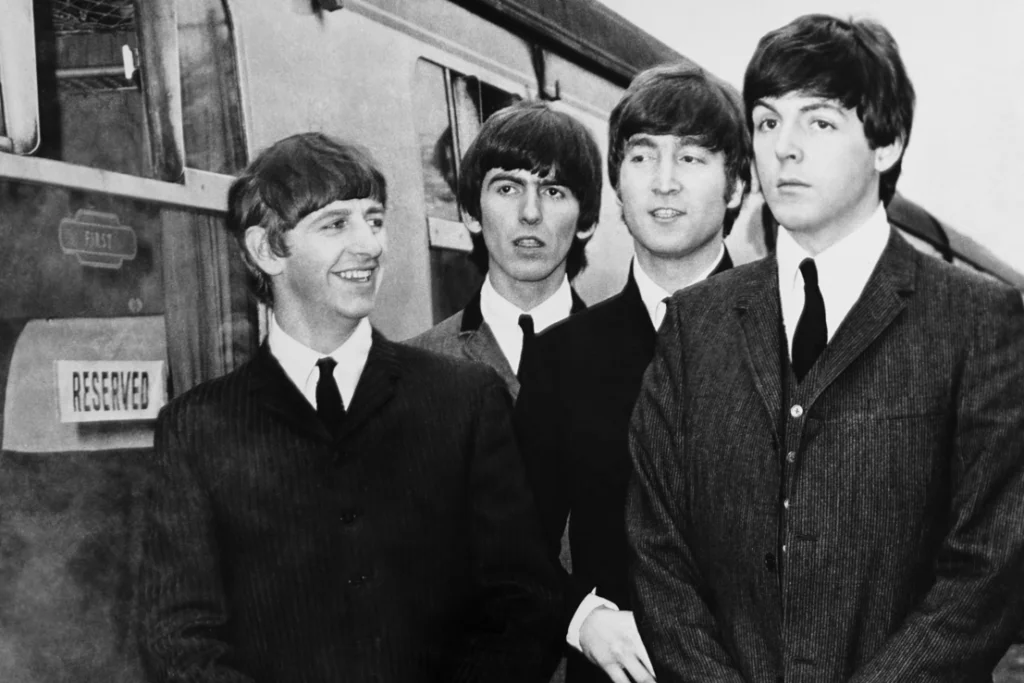
This album wasn’t just music, it was an event. The Beatles abandoned the idea of being a touring band and fully embraced the studio as their instrument. With songs like “Lucy in the Sky with Diamonds” and “A Day in the Life,” the record showed the world that rock could be experimental, psychedelic, and still wildly popular. It blurred the line between pop and art in a way no one had seen before.
What made Sgt. Pepper’s truly groundbreaking was its concept. It felt like one big performance rather than a collection of singles, and that idea influenced countless bands after. The artwork, the lyrics, the production—it all worked together as an experience. Without this album, the very notion of the “rock album” as art might not exist today.
2. Bob Dylan – Highway 61 Revisited (1965)
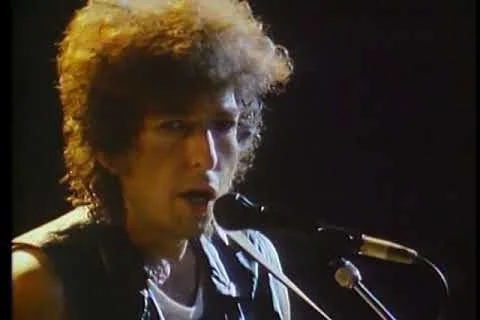
Bob Dylan shocked folk purists by plugging in his guitar and embracing electric rock. “Like a Rolling Stone” opened the album, and with its snarling vocals and six minutes of defiance, it became one of the most important singles of the decade. Dylan’s combination of poetry and rock instrumentation redefined what songwriting could be.
The album’s unapologetic mix of surreal lyrics, blues riffs, and electric energy gave birth to a new kind of rock. Critics and fans might have argued about whether Dylan betrayed folk, but history proved that he simply pushed music forward. Without Highway 61 Revisited, the idea of lyrics as literature might never have gained ground in mainstream rock.
3. The Beach Boys – Pet Sounds (1966)
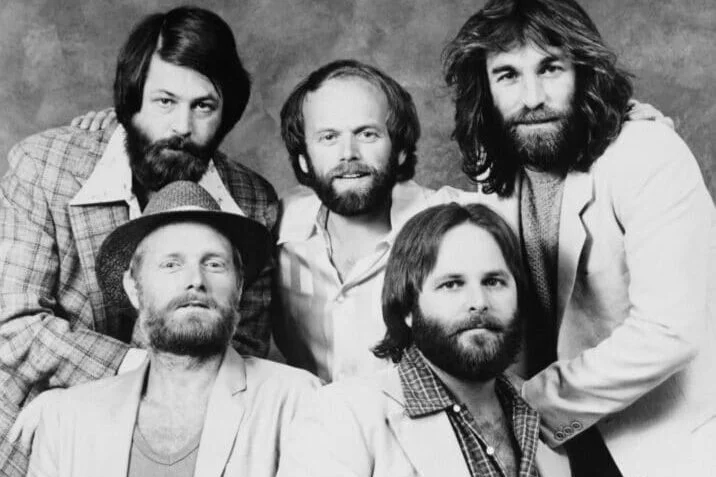
Brian Wilson poured his soul into Pet Sounds, and it shows in every lush harmony and orchestral arrangement. Songs like “God Only Knows” and “Wouldn’t It Be Nice” were unlike anything else on the radio at the time. Wilson was competing with The Beatles, but in the process, he created something entirely his own.
The album’s vulnerability set it apart. Rock had been loud, bold, and brash—but Pet Sounds was tender and introspective. Its influence on later artists, especially Paul McCartney, can’t be overstated. In fact, Sgt. Pepper’s might not have happened without Pet Sounds pushing The Beatles to new creative heights.
4. The Rolling Stones – Beggars Banquet (1968)
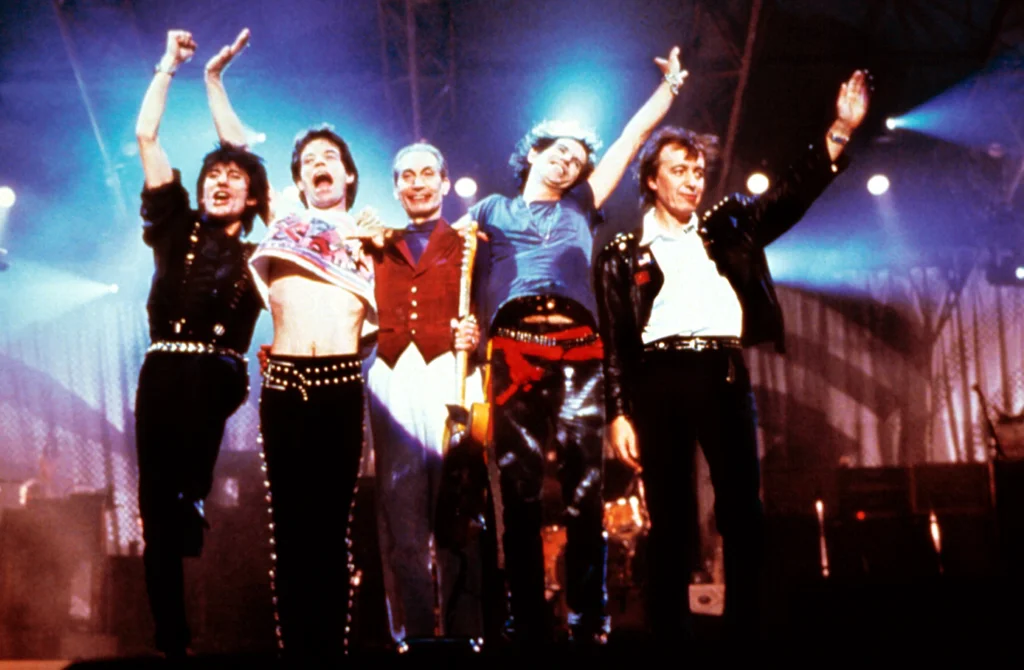
By the late ’60s, The Rolling Stones shed their early pop image and embraced something darker and grittier. Beggars Banquet announced that shift with raw tracks like “Sympathy for the Devil” and “Street Fighting Man.” It captured the chaos and unrest of the time while cementing their identity as the “bad boys” of rock.
This record was less about polish and more about attitude. It leaned into blues and roots while still sounding fresh and rebellious. In many ways, it gave rock a rougher, more dangerous edge—something that would inspire countless bands in the decades to come.
5. Jimi Hendrix Experience – Are You Experienced (1967)
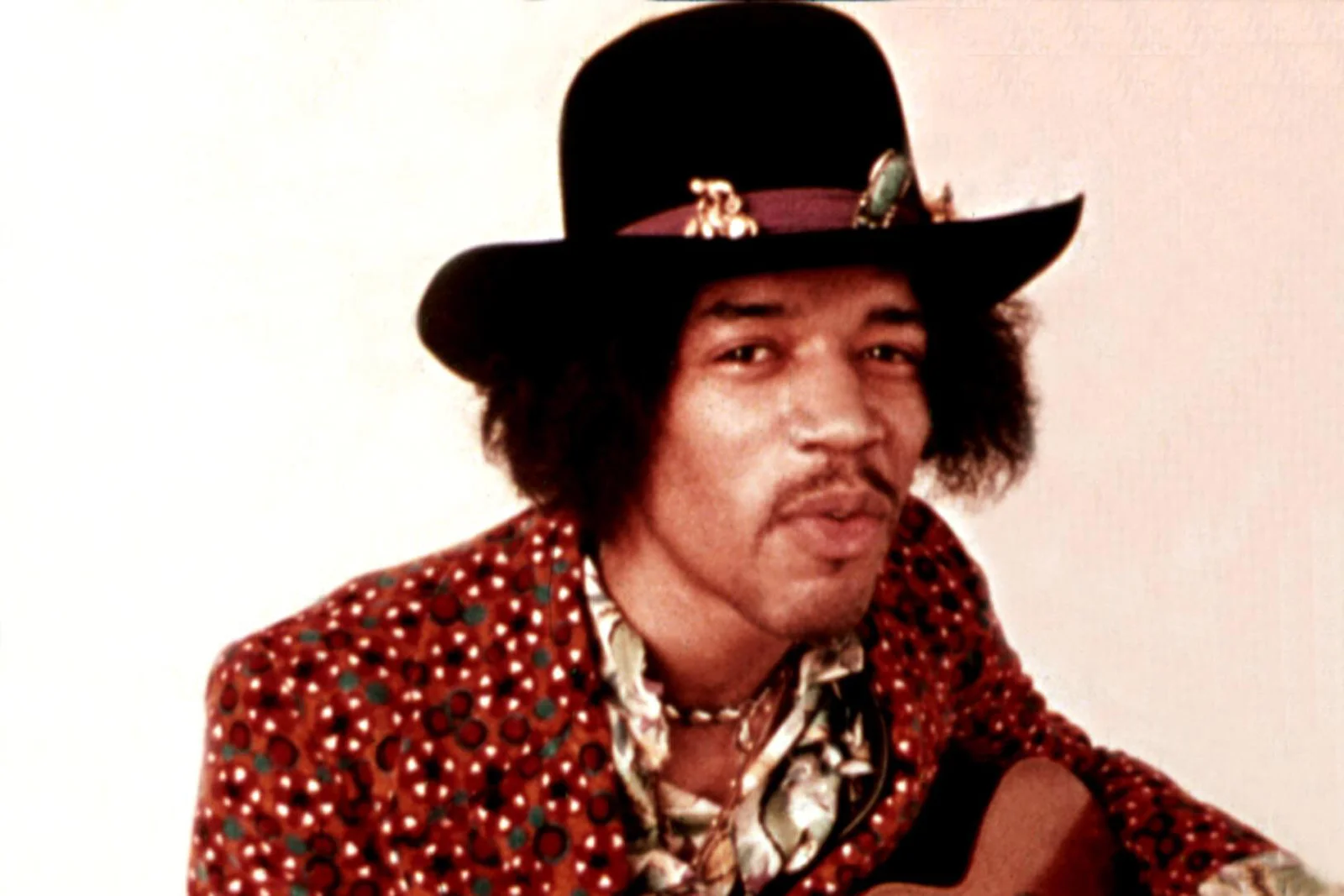
Nobody had heard guitar like this before. From “Purple Haze” to “Hey Joe,” Hendrix made his guitar scream, whisper, and cry in ways that felt otherworldly. Are You Experienced wasn’t just a debut—it was a statement that rock had new sonic possibilities.
The album mixed psychedelic sounds with sheer virtuosity. Hendrix didn’t just play the guitar, he reimagined what it could do. He brought together blues roots and futuristic experimentation, leaving an influence on nearly every rock guitarist that followed.
6. The Velvet Underground & Nico – The Velvet Underground & Nico (1967)
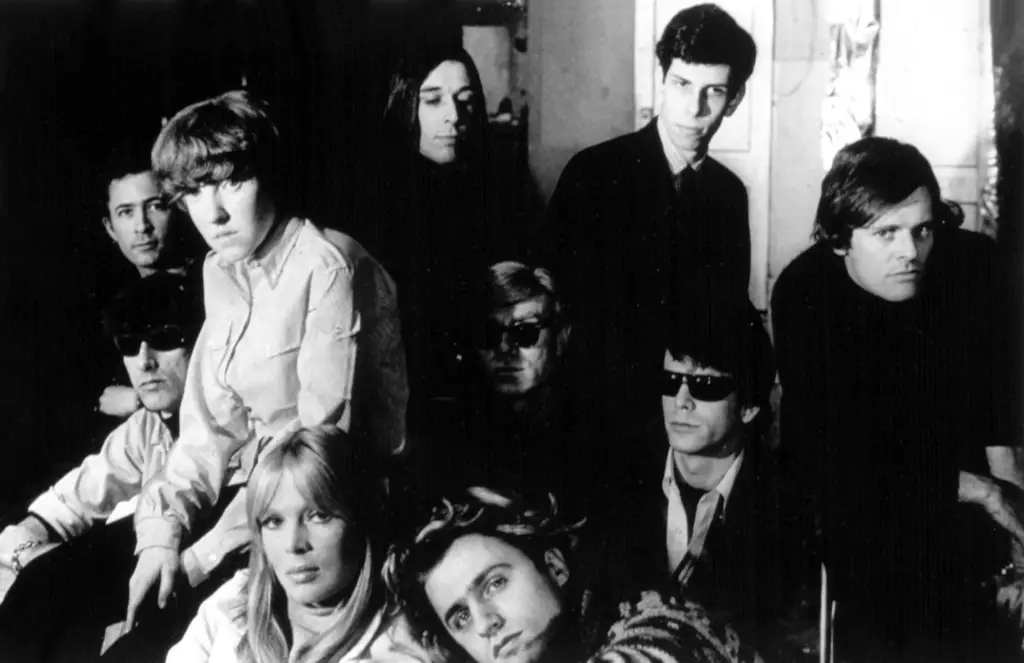
At first, this album barely sold, but its impact grew over time. With Lou Reed’s stark lyrics and Nico’s haunting vocals, the record explored taboo subjects like addiction and urban grit. The Andy Warhol-designed banana cover only added to its mystique.
It was raw, uncomfortable, and completely unlike mainstream rock. While it didn’t climb charts, it planted seeds for punk, alternative, and indie music. As Brian Eno famously said, everyone who bought it seemed to start a band.
7. The Who – Tommy (1969)
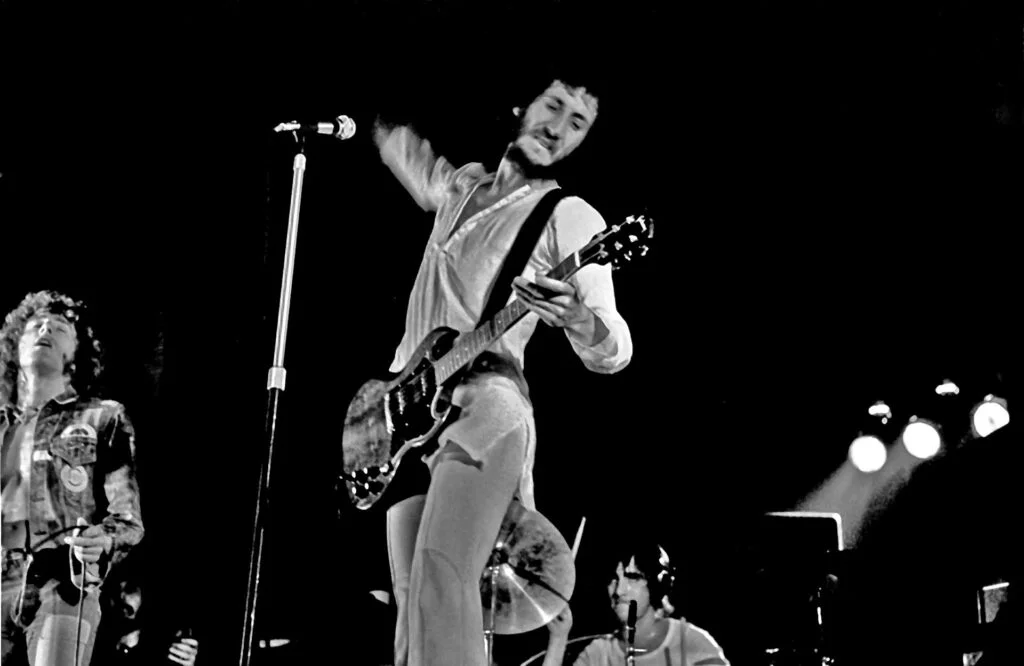
Tommy wasn’t just an album, it was a rock opera. Pete Townshend and The Who told the story of a “deaf, dumb, and blind kid” who could play a mean pinball, and in doing so, they invented a whole new form of rock storytelling. It was ambitious and theatrical in a way few had dared before.
The double album gave listeners a reason to sit down and listen from start to finish. It paved the way for concept albums, arena rock, and even Broadway adaptations. Without Tommy, we might not have had later works like The Wall or American Idiot.
8. The Byrds – Mr. Tambourine Man (1965)
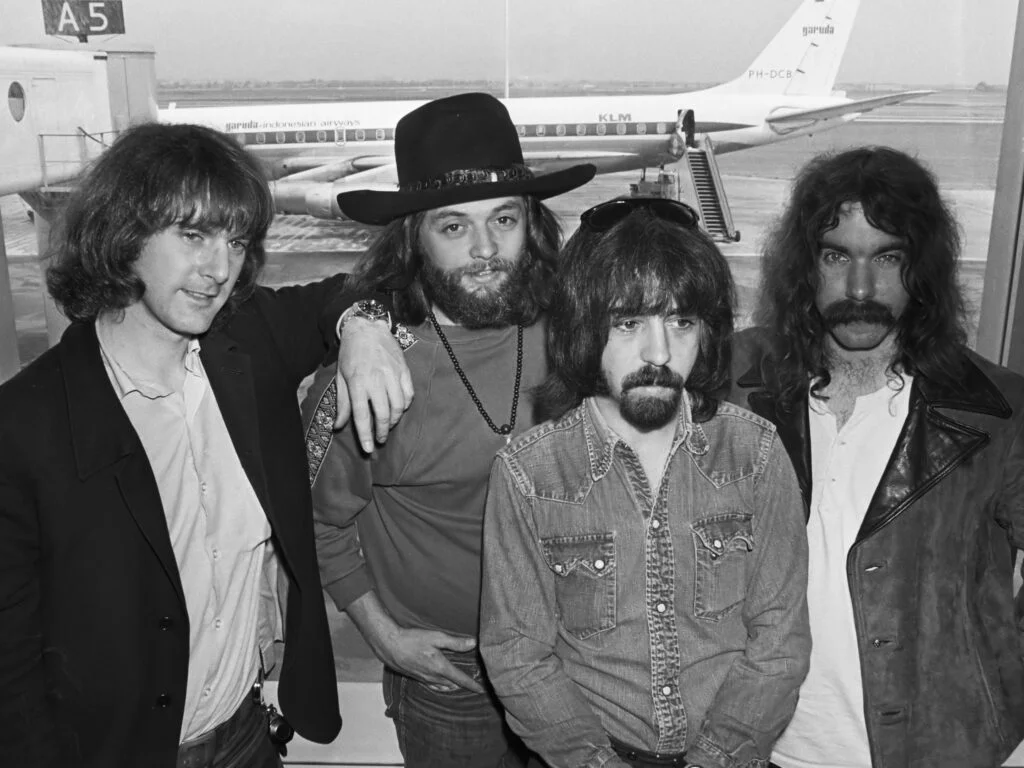
When The Byrds covered Bob Dylan’s “Mr. Tambourine Man” with jangly guitars and soaring harmonies, it was like a new genre had been born. This album introduced folk rock to the world, merging Dylan’s lyrical depth with the electric sound of The Beatles.
The record resonated with the spirit of the ’60s—idealism, protest, and harmony. Its influence spread across rock and country, inspiring artists like Tom Petty and R.E.M. Without Mr. Tambourine Man, the entire folk-rock movement might not have taken off.
9. The Doors – The Doors (1967)
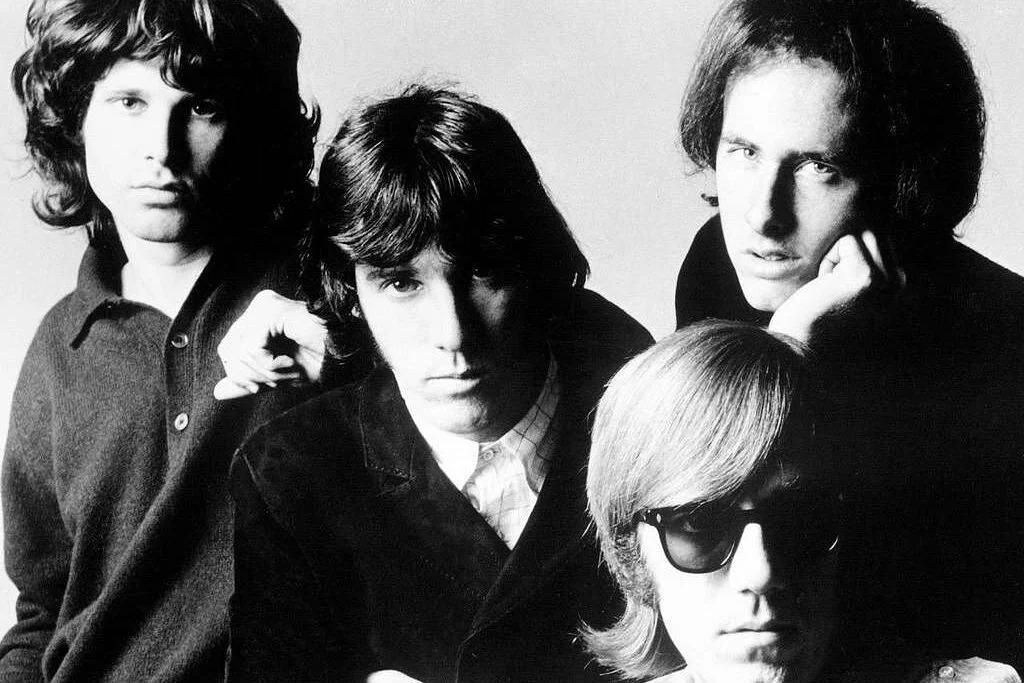
With Jim Morrison’s poetic lyrics and Ray Manzarek’s swirling organ, The Doors’ debut album was unlike anything else. Songs like “Light My Fire” and “Break On Through” pushed boundaries both musically and lyrically. Morrison’s presence turned the album into something dark and mesmerizing.
It wasn’t just about the music—it was about atmosphere. The record captured the wild, rebellious side of the ’60s while hinting at the decade’s darker undercurrents. The Doors proved rock could be intellectual, theatrical, and dangerous all at once.
10. Janis Joplin with Big Brother and the Holding Company – Cheap Thrills (1968)
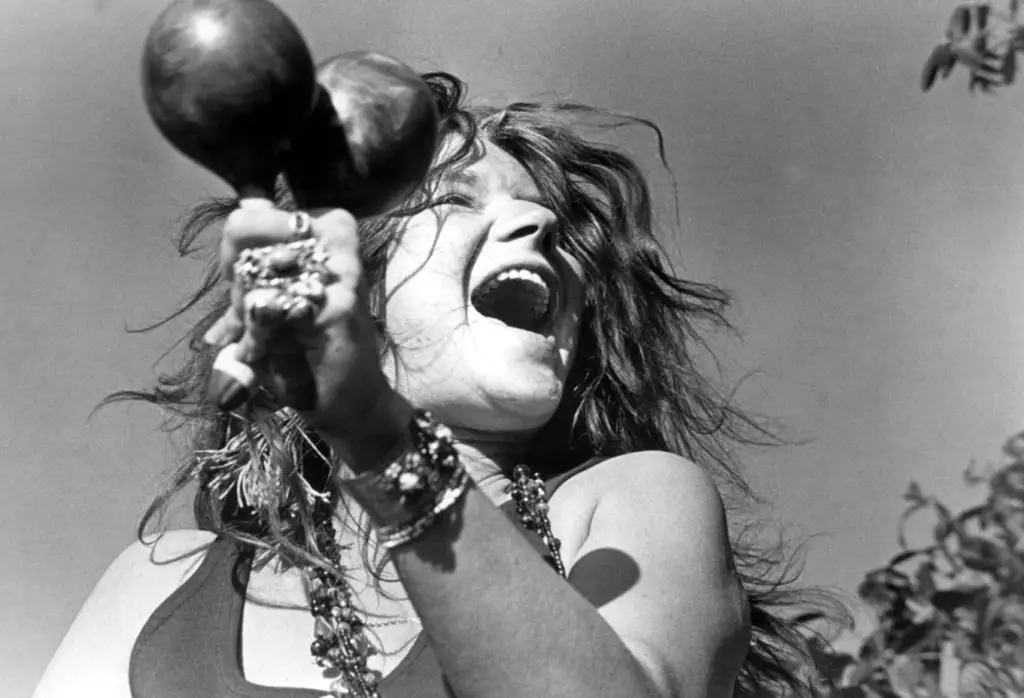
Janis Joplin’s voice roared like nothing people had heard before. On Cheap Thrills, her performance on “Piece of My Heart” and “Summertime” cemented her as one of rock’s greatest singers. The album was raw, live-sounding, and full of energy.
It wasn’t polished, and that was the point. It captured the essence of San Francisco’s psychedelic scene in a way that felt authentic. Joplin showed that emotion and grit could be just as powerful as technical perfection.
11. The Beatles – Revolver (1966)
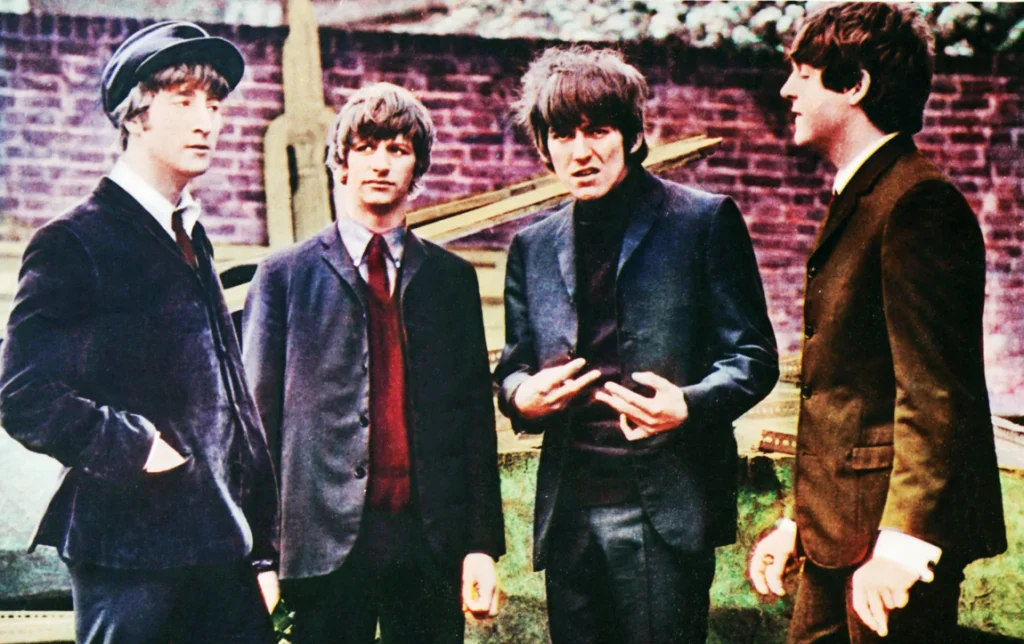
Before Sgt. Pepper’s, there was Revolver. Songs like “Eleanor Rigby” and “Tomorrow Never Knows” showed that The Beatles were experimenting with classical strings, tape loops, and Eastern influences. It was daring, playful, and miles ahead of its time.
The album proved you could still innovate within the three-minute pop song format. It was both accessible and groundbreaking, influencing everyone from Pink Floyd to Radiohead decades later. In many ways, Revolver was the blueprint for modern experimental rock.
12. Cream – Disraeli Gears (1967)

Cream took blues and turned it into psychedelic rock with Disraeli Gears. Eric Clapton’s guitar, Jack Bruce’s vocals, and Ginger Baker’s drumming combined into a power trio like no other. “Sunshine of Your Love” became a defining anthem of the era.
The album showed that rock could be heavy without losing its groove. It pointed toward hard rock and even early heavy metal. Without Disraeli Gears, the sound of the late ’60s and early ’70s would have been very different.
13. Simon & Garfunkel – Bookends (1968)
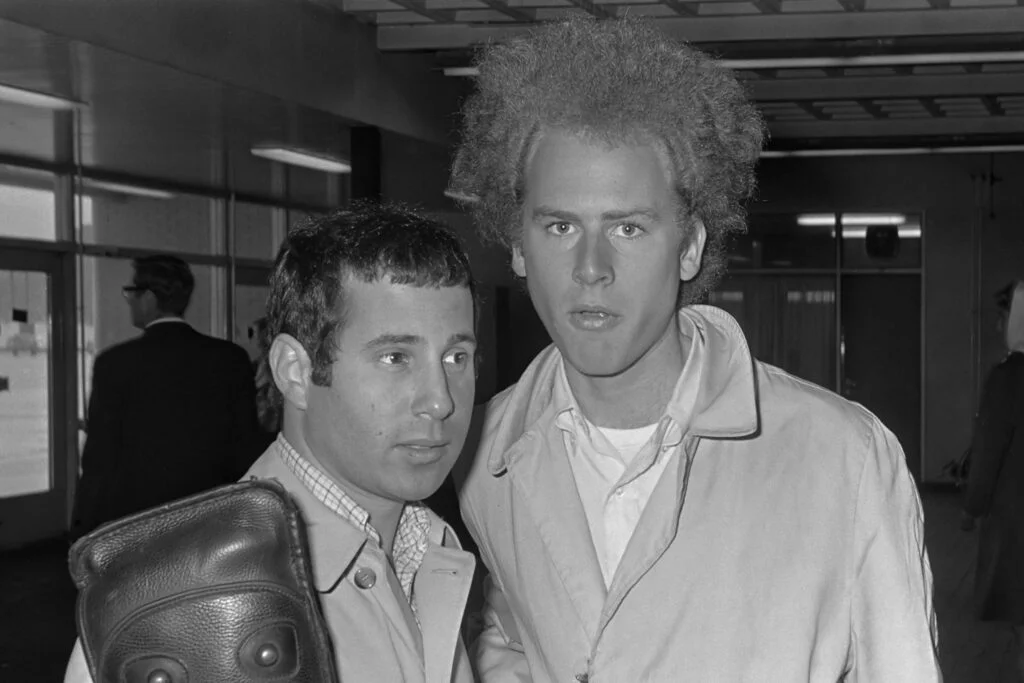
This album took folk rock into more thoughtful and conceptual territory. With songs like “America” and “Mrs. Robinson,” Simon & Garfunkel captured both the optimism and disillusionment of the decade. Their harmonies were beautiful, but the themes often carried a quiet sadness.
Bookends was more than just pretty melodies—it was social commentary wrapped in art. It bridged the gap between folk traditions and pop accessibility. The record remains a perfect snapshot of ’60s America in transition.
14. Jefferson Airplane – Surrealistic Pillow (1967)
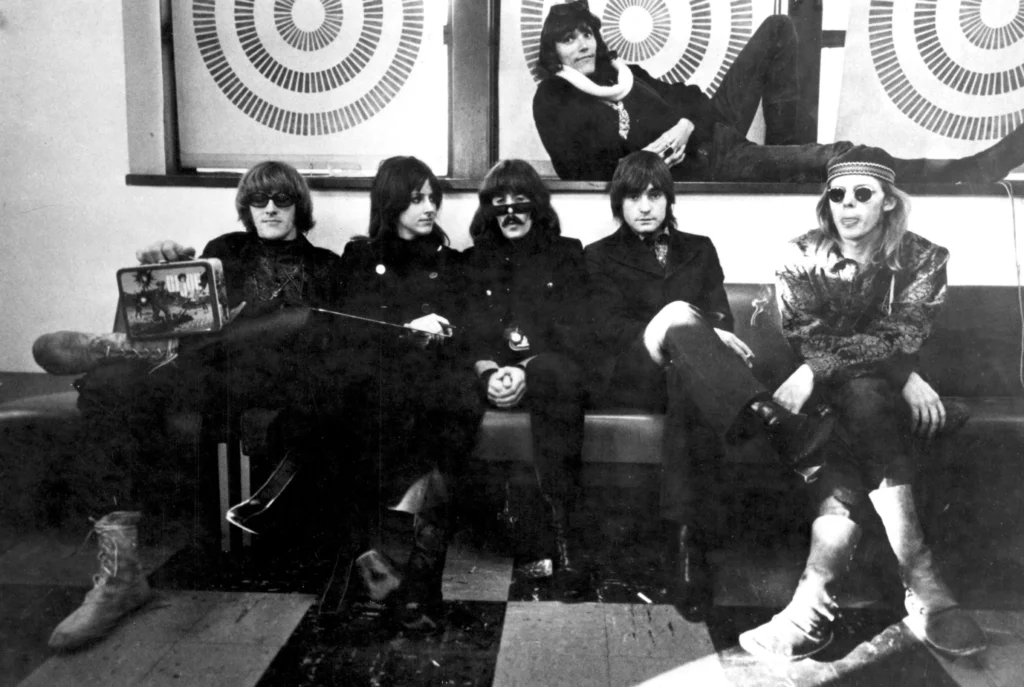
The Summer of Love might not have had its soundtrack without Surrealistic Pillow. “White Rabbit” and “Somebody to Love” became anthems for the counterculture, and Grace Slick’s commanding voice gave the band an unforgettable presence.
This was psychedelic rock at its finest—dreamy, trippy, and political all at once. It defined San Francisco’s scene and helped make Haight-Ashbury a cultural hub. The record carried the sound of rebellion and experimentation that defined the late ’60s.
15. Led Zeppelin – Led Zeppelin (1969)
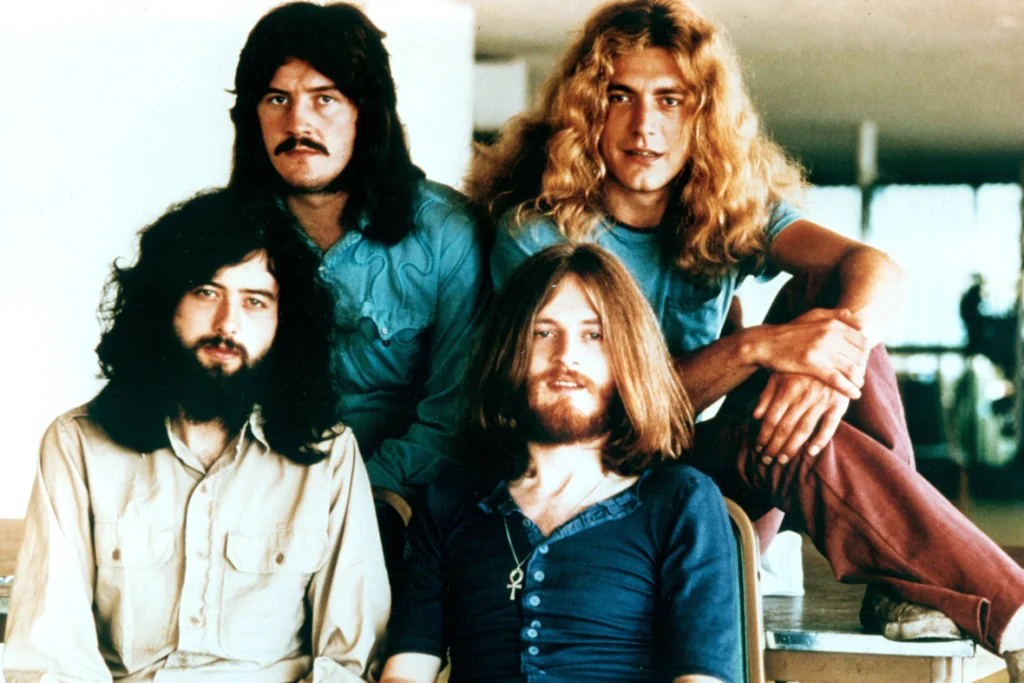
Though often thought of as a ’70s band, Led Zeppelin’s debut in ’69 shook the rock world. With tracks like “Dazed and Confused” and “Good Times Bad Times,” they introduced a heavier, blues-based sound that set the stage for hard rock and heavy metal.
The album showcased the power of Jimmy Page’s riffs, Robert Plant’s wails, and John Bonham’s thunderous drumming. It was raw, loud, and unapologetic. Rock was never quite the same after Zeppelin stepped onto the scene.

